Discover Luxurious Living in Hoschton: A Closer Look at 173 Tennessee Walker WAY

Nestled in the charming town of Hoschton, Georgia, the stunning property at 173 Tennessee Walker WAY offers an exceptional blend of luxury, comfort, and modern design. Priced at $794,900, this exquisite residence is a testament to fine living, boasting an array of features that cater to both relaxat
Read MoreA Complete Guide to A Home Equity Line of Credit (HELOC)
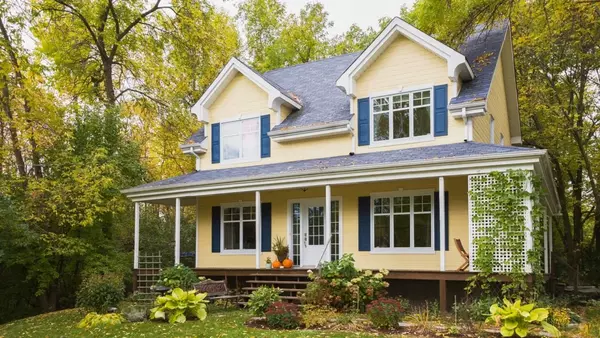
For homeowners with significant equity, HELOCs are a popular way to fund home improvements, pay for unexpected expenses or establish an emergency fund. HELOCs became even more popular in 2020 and 2021, thanks to historically low interest rates. Today, it can be harder to find lenders who are offe
Read MoreGovernment Home Loans: Make Homeownership Possible

Government home loans, like VA, FHA and USDA loans, are designed to provide qualified applicants with better loan terms and interest rates. They’re insured by the federal government, and as a result they’re not held to the more traditional guidelines for income, debt, credit and down payment that F
Read More10 Tips for Organizing Your Whole House
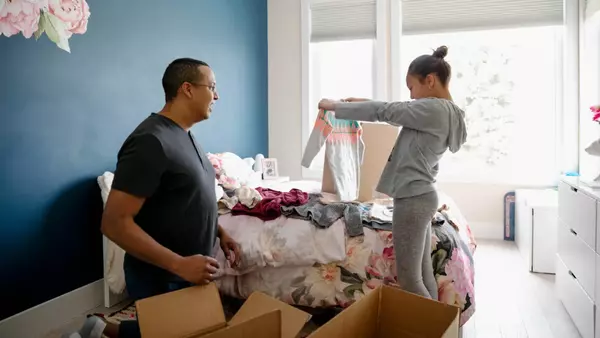
Getting your home and space organized can help you feel more in control of your environment. That sense of order can reduce stress, help you focus on your own wellbeing and achieve your other goals. Follow these tips to organize your whole home quickly and easily. 1. Set up a no-fail garage syste
Read MoreWhat To Know About Smart Home Tech

Once the exclusive domain of the wealthy and technologically inclined, smart home tools and systems are becoming more accessible and new products are constantly coming on the market. Here’s a brief smart home guide to help get you started with smart devices and connected homes. What's a smart h
Read More8 Value-Adding Home Improvements You Can Do for $1,000 or Less

A farmhouse sink. LED lighting. A pot filler. You might think these relatively low-cost home upgrades wouldn’t add much value, but our research shows that these and other home upgrades with modest price tags could pay for themselves — or even generate big returns — when you sell your home. An ana
Read MoreHealth and Wellness Upgrades That Make Your Home Better
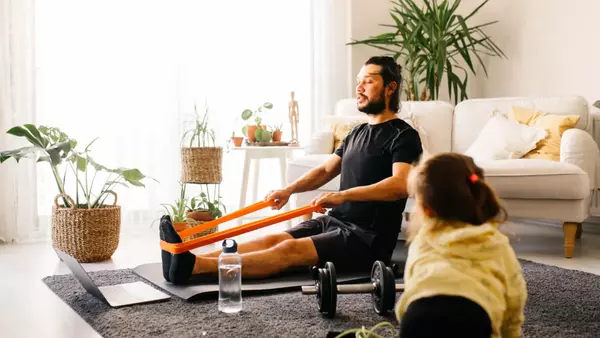
With self-care becoming more of a priority than ever, many people are focusing on turning their homes into dedicated spaces that help them prioritize their health and wellness. And just like they’ve gotten creative with WFH setups, homeowners have come up with a variety of ways to squeeze in a sp
Read MoreHow to Find an Apartment: 11 Ways to Beat the Hot Rental Market

Finding an apartment when everyone else seems to be looking for one, too, can test anyone’s optimism. Knowing how to find an apartment for rent quickly and with the least hassle can put you back in the positive zone so you can shift your energy from hunting for a home to moving into one. Below are
Read More5 Things to Look for in a Rental Listing

Whether you’re looking for an apartment, single-family house or townhome, be prepared to spend a lot of time online and even more time driving around to tour the most promising places in person. If you want to save time and avoid headaches, make sure that every rental listing you consider has all
Read More6 Tips for Finding a Pet-Friendly Rental

Many of us think of our pets as family, and just like not every home is a good fit for our family, not every home is a good fit for our pets. Is there enough space? Can you afford the pet rent? What about a yard? Even in the dog-friendliest of cities, where the majority of listings are pet-friend
Read MoreMoving? Consider These 6 Factors When Preparing Your Budget

Perhaps you’re looking for a fresh start, a place where you can search for a new way of living. Or maybe you’re a remote worker who’s decided to uproot to increase the odds of finding a home or rental that matches your budget. Or maybe you’ve found it's important to be closer to the people and plac
Read MoreHow to Decide Where to Live: 10 Questions to Ask Yourself Before You Move

Deciding where to live — whether it’s for a year or a lifetime — can mean weighing up dozens of complex considerations. These span from broad factors like the local job market, to more specific concerns like whether it will really feel like home without your favorite coffee spot or dog park nearby.
Read MoreHow to Improve Curb Appeal Before Selling
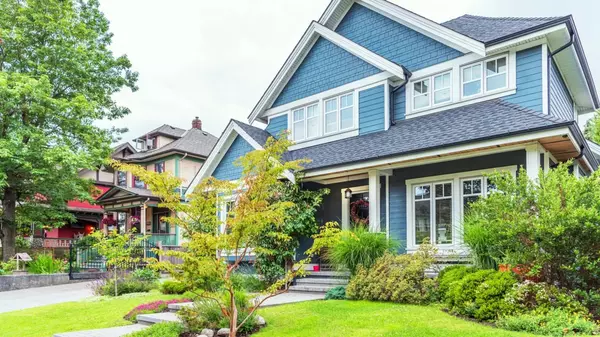
The exterior of your home is the first thing buyers see, whether they're viewing it in person or scrolling through photos online. It's not unheard of for buyers to see a home’s exterior and decide to cancel their showing if they don't like what they see. At the very least, poor curb appeal can give
Read MoreHow to Calculate How Much You’ll Make Selling Your Home

A home is the largest financial investment in most people's lifetimes, so knowing how much you might profit from the sale of your home is important — especially if you want to use the proceeds to buy a new home, send the kids off to college or generate income with another type of investment. The
Read MoreGet More Money Back With These Exterior Home Upgrades
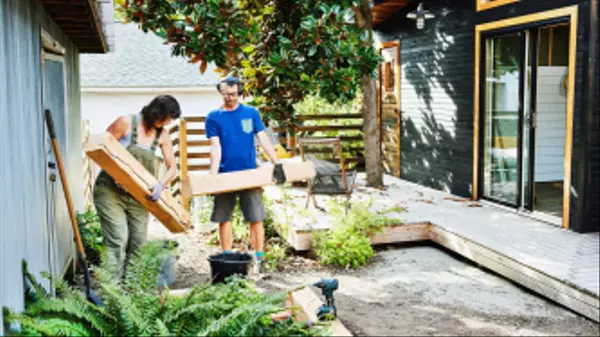
Selling a house can be an expensive endeavor. While most of the larger costs come later in the selling process, there are some expenses that come much earlier — before you even list your home. Between cleaning, staging, landscaping, painting, and other tasks, the typical seller spends roughly $5,38
Read MoreBenefits of Real Estate Agents for Home Buyers

Buying a home is a significant financial transaction and for most people, one of the biggest decisions of their lives. That’s why, according to Zillow research, about 88% of home buyers use an agent to help them navigate the complicated and potentially emotional home search and purchase process.
Read MoreWhat to Expect in Your First Conversation With an Agent
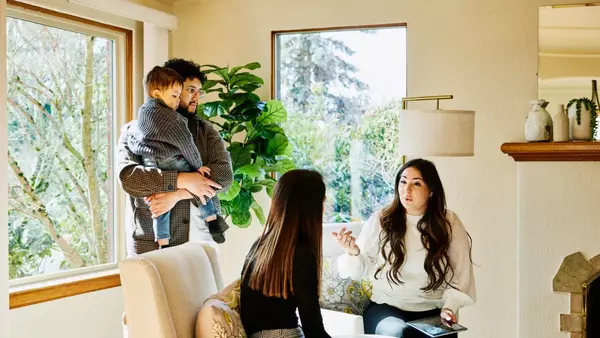
You're standing on the cusp of “Should I or shouldn't I?' and thinking about leaping into home ownership. Maybe you've visited neighborhoods, wandered through an open house or two and researched mortgage rates. You think you're ready to speak with an agent. Almost like contemplating a first date, y
Read MoreHow to Hire a Buyer’s Real Estate Agent

Buying a home can be a complicated and confusing process, even for seasoned home buyers. That’s why nearly nine out of 10 buyers work with a professional real estate agent at some point during their home purchase process, according to Zillow Research. Here’s how to hire a buyer’s agent — and why it
Read More-

Sal Cohen was living solo in a 3-bedroom house in Seattle when his daughter’s plans to build a home in a nearby city fell through. In short order, Cohen found himself with five new roommates: his daughter and son-in-law, their two energetic young sons and a friendly pit bull that lives for table
Read More What You Need To Know About Today’s Down Payment Programs
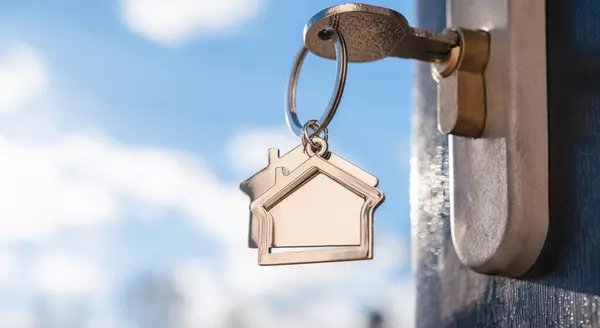
There's no denying it's gotten more challenging to buy a home, especially with today's mortgage rates and home price appreciation. And that may be one of the big reasons you’re eager to look into grants and assistance programs to see if there’s anything you qualify for that can help. But unfortun
Read More
Recent Posts










